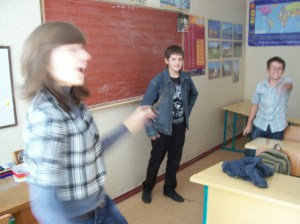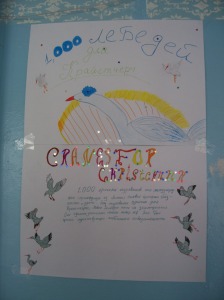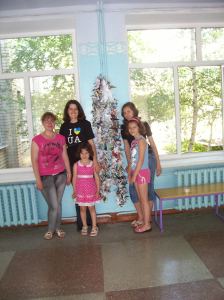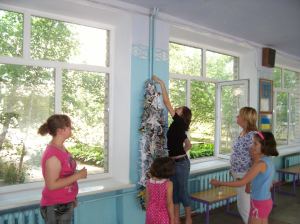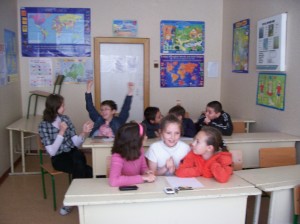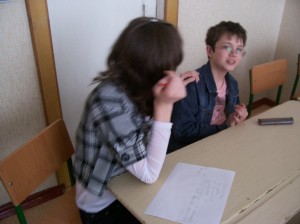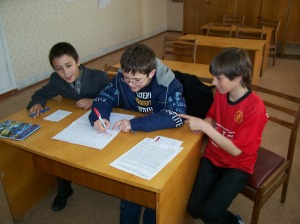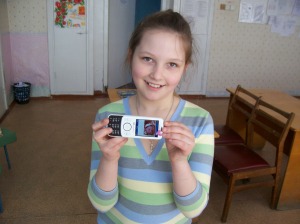This week we talked about the tradition of road trips in the United States. A U.S. road trip is a great way to see the country and to see a lot of the tourist attractions the U.S. has to offer. Because everybody already knows about the Grand Canyon, the Statue of Liberty, the White House, and the Space Needle – to name a few – today we focused on the WEIRD tourist attractions around the country. There are a LOT of them, so I wasn’t able to fit all of them into an hour. I chose 18 different tourist attractions around the States that are strange (some may say they are stupid or pointless; others may say they are fun and quirky.)
Because my camera battery died today, I had to do a photoless English club this time. However, here is the slideshow I made, in case anyone is interested in seeing what the United States has to offer in the strangeness department:
The places included (we started in California, worked our way north, then east, then south, then back west):
California – Chicken Boy
Washington – The Giant Shoe Museum
Idaho – The Giant Potato
Wyoming – The Prison Museum
Minnesota (my state!) – The World’s Largest Ball of Twine
Indiana – Santa Claus (the town
New York – The Smallest Church in the World
New Jersey – The World’s Largest Light Bulb
North Carolina – Shell-Shaped Gas Station
South Carolina – Peachoid Water Tower (some people think it looks like something else…)
Georgia – The World’s Largest Peanut
Florida – The Bowling Ball House
Mississippi – Gift shop in woman’s skirt
Texas – Devil’s Rope Museum
Oklahoma – Cow Chip Throwing
New Mexico – Roswell Alien Attraction
Arizona – The Thing? (what is it?)
Nevada – Elephant Foot Trash Can
After looking at the PowerPoint presentation, the students split into teams and had to try to remember where each attraction was located!
Aside from weird attractions, to see a good example of an American road trip on screen, check out the film “Little Miss Sunshine.” It’s funny and it has a great and accurate cultural element to the heart of America, the culture of road trips, and the bonding that happens during a road trip.
Next week’s topic: Flashmobs




